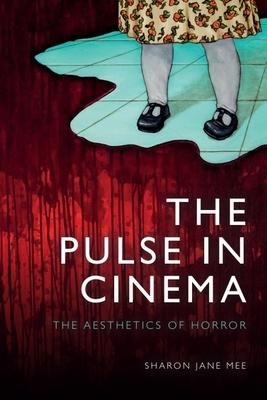When we think of the pulse in cinema, we may think of the heartbeat of the spectator as they respond to affective or moving scenes in the film, or how fast-paced and shocking images exacerbate this affective response. Conceptually extending cinema spectatorship, The Pulse in Cinema contends that cinema is an energetic arrangement of affective and intense forces, where the image and the spectator are specific components. Analysing body horror films such as The Tingler (1959), Dawn of the Dead (1978) and The Beyond (1981), this book builds on Lyotard's concept of the dispositif, Deleuze's work on sensation and Bataille's economic theory to conceptualise a pulse in cinema, arguing for its importance in cinema spectatorship theory.

When we think of the pulse in cinema, we may think of the heartbeat of the spectator as they respond to affective or moving scenes in the film, or how fast-paced and shocking images exacerbate this affective response. Conceptually extending cinema spectatorship, The Pulse in Cinema contends that cinema is an energetic arrangement of affective and intense forces, where the image and the spectator are specific components. Analysing body horror films such as The Tingler (1959), Dawn of the Dead (1978) and The Beyond (1981), this book builds on Lyotard's concept of the dispositif, Deleuze's work on sensation and Bataille's economic theory to conceptualise a pulse in cinema, arguing for its importance in cinema spectatorship theory.
Paperback
$29.50